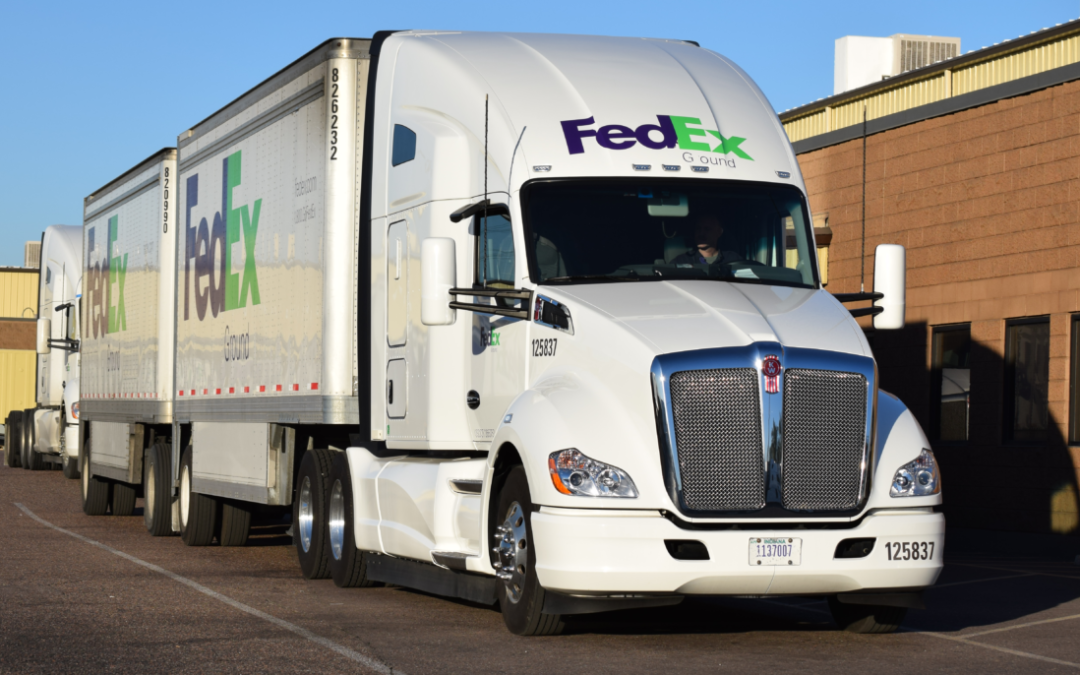Picture a society devoid of food, water, medical supplies, or basic construction materials. This nightmarish scenario would become a harsh reality in the absence of trucks. As the age-old adage states, “When trucks cease to operate, America comes to a standstill.”
An astounding 80% of communities in the United States rely on trucks for their essential needs like medicine, sustenance, raw materials, and more.
The trucking industry constitutes a significant portion of the nation’s economy, with a staggering $875.5 billion in gross US freight revenues in 2021, accounting for 80.8% of the country’s total freight bill.
 However, truck fleets across the nation face a multitude of challenges that strain their operations. An aging workforce, exorbitant fuel costs, and inadequate parking infrastructure all contribute to these difficulties. Nevertheless, despite these hurdles, the industry soldiers on. Yet, to sustain the indispensable benefits that trucking affords us daily, it is crucial to provide unwavering support to this vital lifeline.
However, truck fleets across the nation face a multitude of challenges that strain their operations. An aging workforce, exorbitant fuel costs, and inadequate parking infrastructure all contribute to these difficulties. Nevertheless, despite these hurdles, the industry soldiers on. Yet, to sustain the indispensable benefits that trucking affords us daily, it is crucial to provide unwavering support to this vital lifeline.
Driver shortage poses a pressing concern for the American Trucking Association (ATA). The current shortage of over 78,000 truck drivers could escalate to more than 160,000 by 2030, as projected by the ATA.
Many industry insiders highlight the nationwide scarcity of Class A and Class B commercial driver’s licensed (CDL) drivers as an ongoing issue. Although the record-breaking driver shortage of approximately 80,000 in 2021 has slightly alleviated, the scarcity of drivers still gives rise to a host of problems such as delayed deliveries, reduced cargo loads, higher wages to attract drivers (leading to increased freight costs), and more.
The root causes of the driver shortage include the demanding lifestyle associated with the job and regulatory pressures, which have compelled some drivers to exit the industry. However, perhaps the foremost factor contributing to this shortage is the aging workforce, leading to a surge in retirements.
Data from the U.S. Census Bureau reveals that a staggering 30.3% of the industry’s driver workforce is over 55 years old.
Consequently, many believe that recruiting younger adults represents the industry’s most effective strategy for mitigating the driver shortage.
Many trucking executives view the Infrastructure Investment and Jobs Act (IIJA) as a step in the right direction, as it includes investments aimed at addressing the driver shortage and other industry challenges. The Safe Driver Apprenticeship Pilot Program (SDAP) is one such program that allows 18-20-year-old truck drivers to operate in interstate commerce. Additionally, the establishment of the Women of Trucking Advisory Board aims to increase the number of female truck drivers in the industry.
Despite these efforts, a survey conducted by the American Transportation Research Institute (ATRI) reveals that many motor carriers expressed reluctance to participate in the SDAP due to requirements for onboard technology and the cost of insuring young drivers. A major concern is the need to overcome these insurance-related hurdles, which would encourage more fleets to participate and consequently open doors for younger drivers.
Fuel costs emerge as a significant challenge for the industry, as indicated by respondents in the aforementioned ATRI survey. Across the board, fuel prices were cited as the top concern in 2022, with ATRI’s analysis showing a year-over-year increase of over 35% in fuel cost per mile.
Pairing elevated labor prices, implemented by numerous trucking companies to retain and attract workers, with skyrocketing diesel costs, resulted in a particularly arduous year for fleets in 2022.
The current average cost of diesel stands at $4.31 per gallon, a decline from the previously recorded prices exceeding $5. Unfortunately, carriers have limited options to reduce costs.
On a positive note, diesel prices seem to be trending downward, with the U.S. Energy Information Administration (EIA) forecasting a decline in retail gasoline and diesel prices for 2023 and 2024.
The EIA predicts on-highway diesel prices to decrease to an average of $4.23 per gallon in 2023, further dropping to $3.70 per gallon in 2024. These projections are based on expectations of reduced demand growth for diesel and motor gasoline, coupled with sustained high production of these products.
Owner-operators, who often operate in the spot market and have less flexibility to negotiate fuel surcharges to compensate for price volatility, are facing a particularly challenging situation.
According to 55% of respondents in the ATRI survey, stabilizing the nation’s fuel supply through federal action, such as expanding refining capacity or increasing domestic drilling, represents the most effective approach for addressing high fuel prices.
Insufficient parking infrastructure has long plagued the trucking industry. Based on data from the Federal Highway Administration, the ATA estimates that there is currently only one truck parking space for every 11 truck drivers across the United States.
Although efforts have focused on developing software and apps to identify available parking spaces, the fundamental issue lies in the physical shortage of parking spaces, especially in the northeastern region. Expanding existing rest areas or establishing new spaces along the interstate, equipped with convenience stores, bathrooms, expanded parking, and adequate lighting for safety, could provide a win-win solution. The state could lease the space to vendors, as is done on the New Jersey Turnpike. This would offer necessary parking for trucks, generate revenue for the state through vendors, and enable vendors to profit from selling food and supplies.
Fortunately, the issue of truck parking seems to be gaining attention among federal policymakers.
The bipartisan Truck Parking Safety Improvement Act has recently been reintroduced in Congress. This legislation would allocate funding to assist agencies in expanding parking capacity for truck drivers and making necessary improvements to existing parking areas for commercial vehicles. Overall, the bill would authorize $755 million in competitive grants over the next few years to address this issue.
In conclusion, while there are other challenges affecting the industry beyond those mentioned here, such as rising toll prices, delays at customer facilities, and labor costs, trucking operators persevere despite the obstacles they face today. Although relief in the form of declining diesel prices and federal legislation is welcomed, individuals within the industry emphasize that understanding and appreciating the significance of trucks’ role is crucial for propelling the industry forward.

